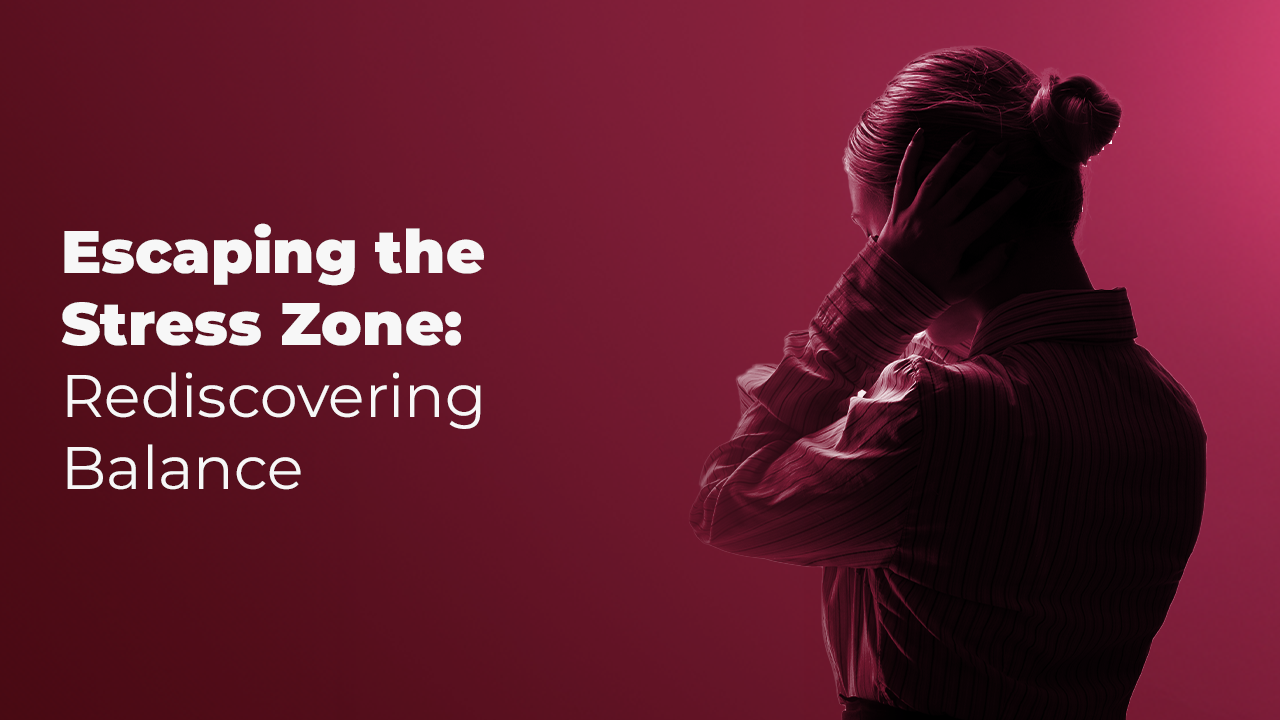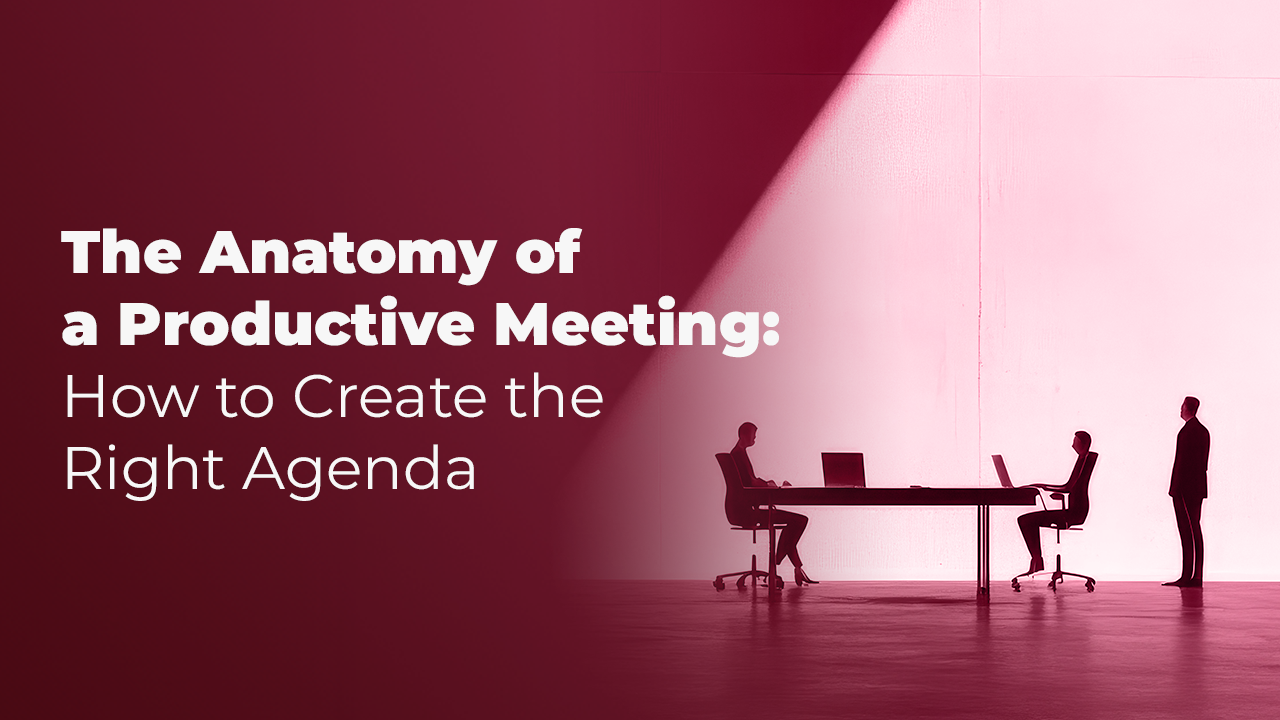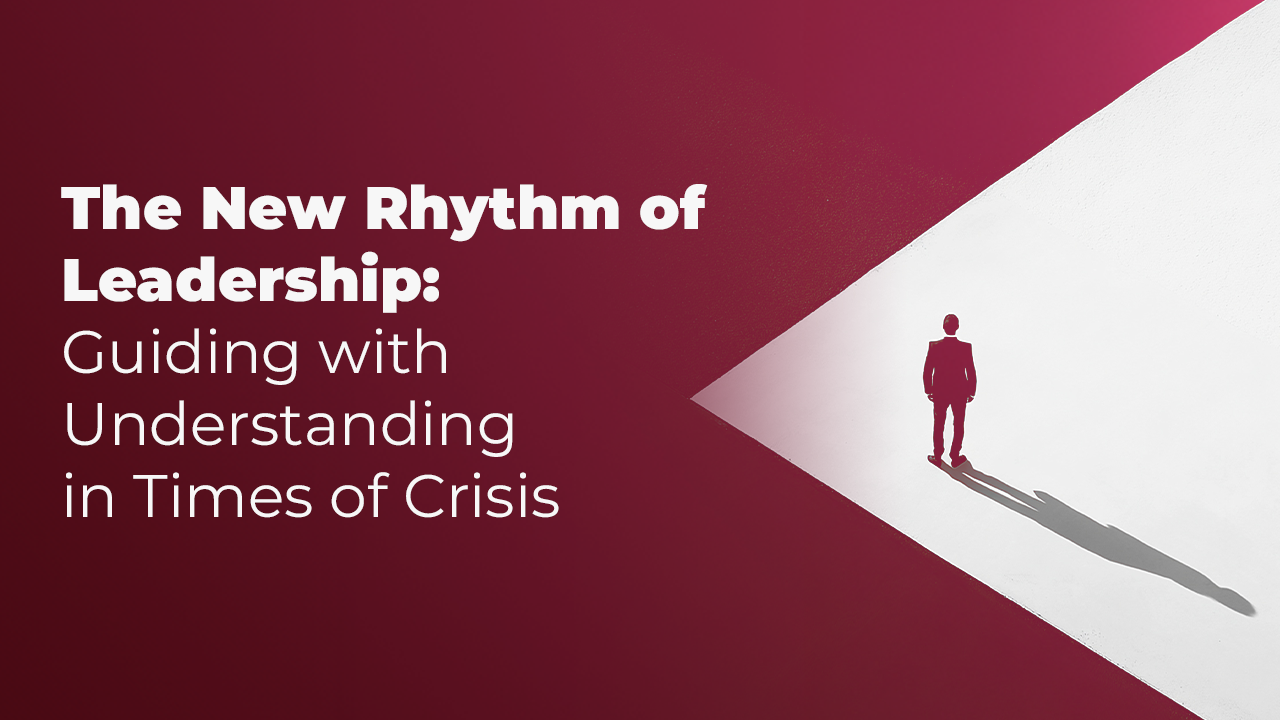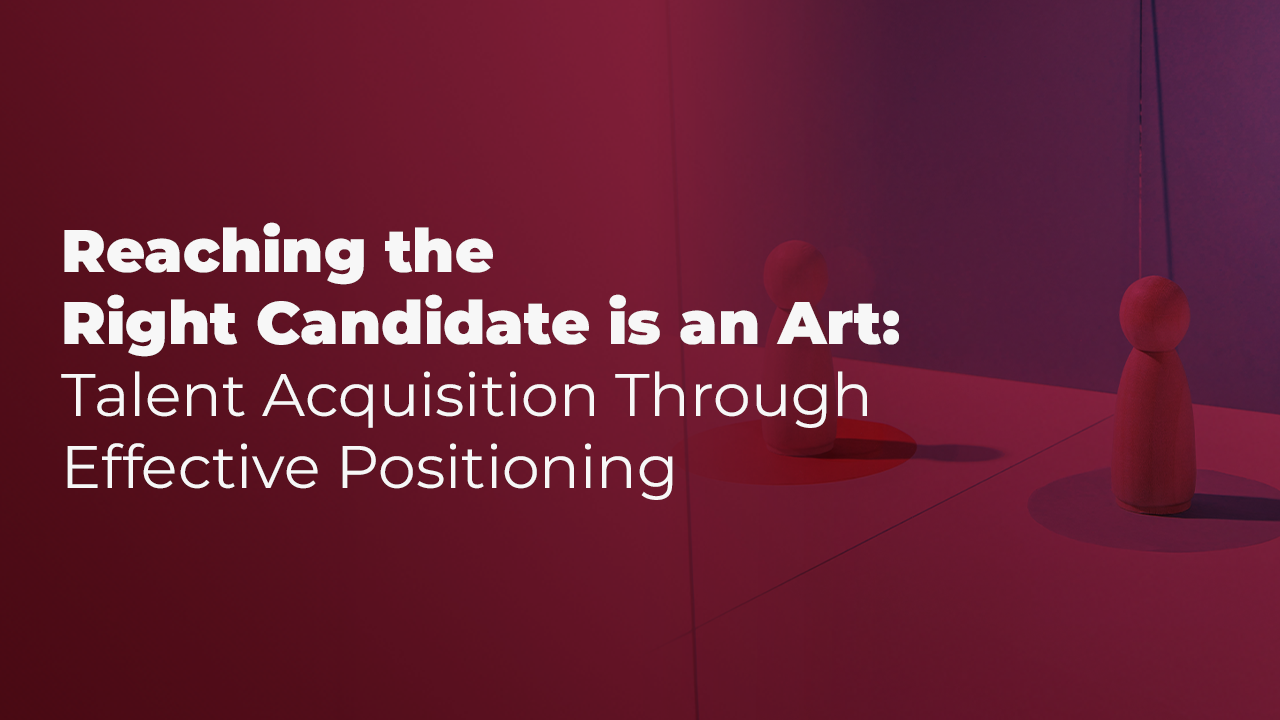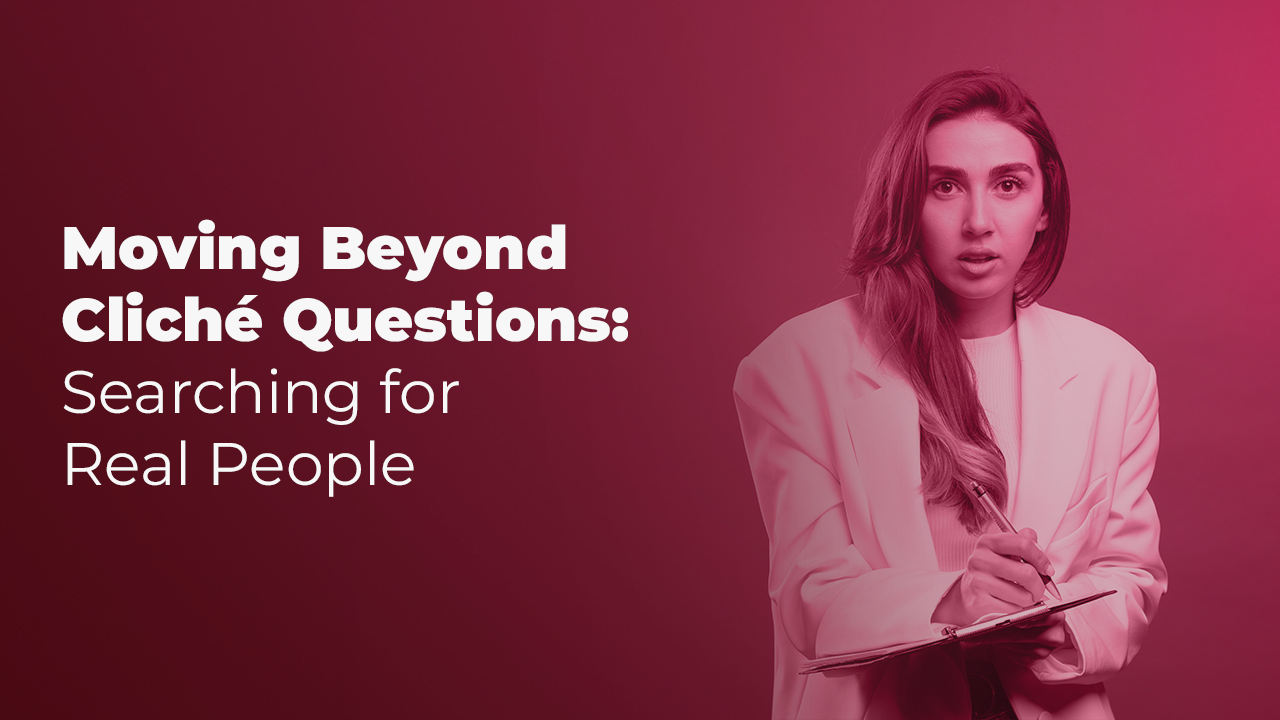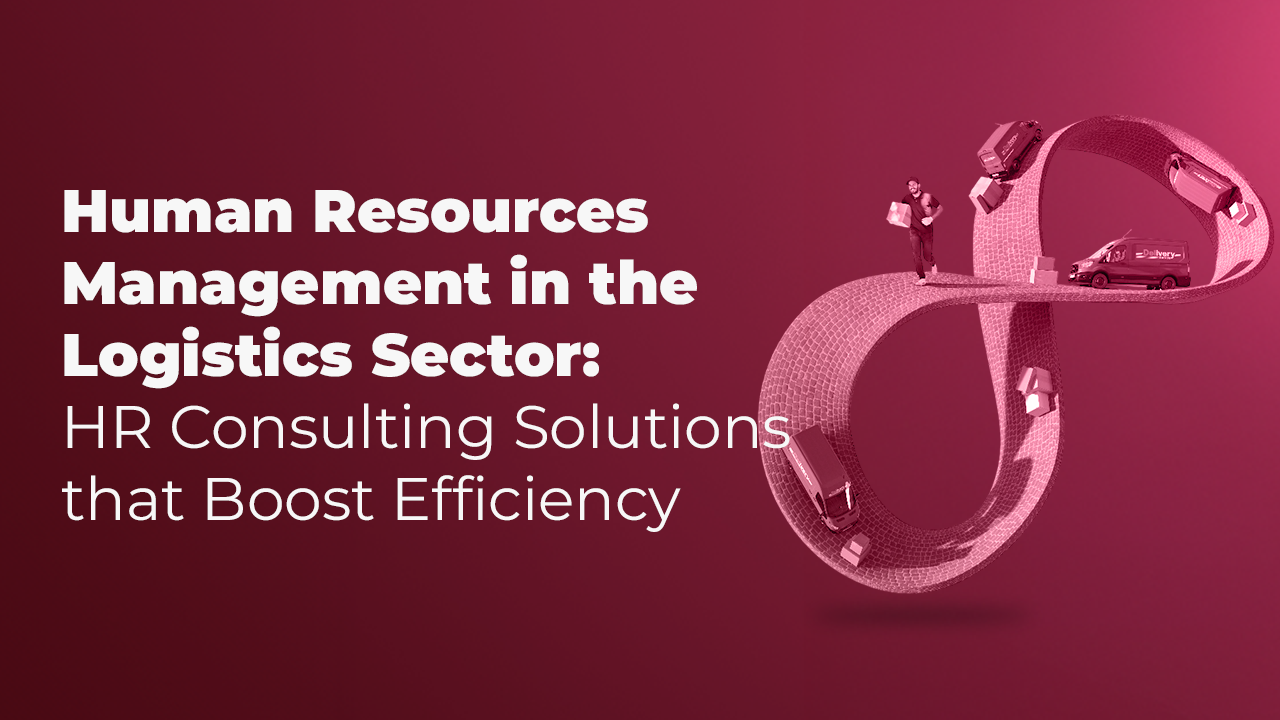Escaping the Stress Zone: Rediscovering Balance
“How do you manage stress?”
This question is no longer confined to personal development seminars. It now appears in boardrooms, coffee breaks, and performance reviews.
In modern work life, stress is no longer an exception — it has become almost a default setting.
The good news:
You don’t need to eliminate stress completely. You can cultivate a healthy relationship with it.
Stress: Enemy or Early Warning Signal?
Many of us see stress as something to avoid. Yet, in reality, stress is our brain’s alert system — a signal saying, “Pay attention.” That inner alarm isn’t the enemy; it’s just shouting a little too loudly.
Small doses of stress keep us alive and alert. The nervous energy before a presentation, for example, can enhance performance.
But when stress becomes chronic — living in a constant “high alert” mode — the system breaks down: productivity drops, creativity stalls, and communication weakens.
For this reason, stress management is not just an individual concern; it is an organizational responsibility. The energy of individuals shapes the sustainable rhythm of the company.
Seeking Balance: A Process, Not a State
When we think of “balance,” we often picture a scene:
A yoga mat on one side, a coffee cup on the other, maybe a breathing exercise in between.
Real balance, however, is not a static tableau.
Balance is stability in motion. Like riding a bicycle: stop pedaling, and you fall.
Maintaining balance requires continuous adjustments — taking a short break, delegating tasks, or learning to say, “It’s okay if it doesn’t get done today.”
Interestingly, the most productive people are rarely the ones who do everything. They are the ones who understand priorities.
The Brain’s “Emergency Button” in Modern Work Life
Biologically, stress is a survival mechanism. Millennia ago, it activated when facing a lion. Today, emails, Zoom calls, and urgent revision requests have replaced the lion.
The result?
Our brains still respond with a fight-or-flight reaction — but there is no forest to run to.
Here, organizational awareness is crucial. Teams, leaders, and managers must recognize their stress responses and manage them, rather than suppress them.
The Art of Micro-Breaks: The Power of “One Minute”
One of the most effective ways to manage stress is early recognition. Many of us wait until vacation to recover from accumulated stress.
True balance happens in small pauses during the day, not just in long breaks:
- Take a breath before sending an email.
- Stay silent for two minutes between back-to-back meetings.
- Eat lunch without looking at your screen.
These micro-breaks may seem minor, but they recharge the mind.
An organization’s capacity for innovation is directly tied to how much space employees have to breathe.
People-centered organizations treat this not as a “soft skill” but as strategic sustainability. A burnt-out employee signals a fragile system, not inefficiency.
Cultivating a Culture of Balance: Beyond Yoga Sessions
Many companies approach stress with temporary solutions:
Happy hours, mindfulness sessions, flexible hours…
While valuable, these initiatives alone are not enough.
A true culture of balance begins in the way work is structured.
From meeting durations to goal-setting, from leadership communication to performance reviews, every detail can reduce or amplify stress.
Examples of a balanced work culture:
- A shared understanding that not every email is urgent.
- Mistakes seen as learning opportunities, not punishable offenses.
- Feedback given regularly, not only at year-end.
These elements are the invisible building blocks of a resilient organization.
A New Responsibility for Leaders: Empathy Management
Previously, the most valued leadership skill was crisis management. Today, it is human management.
Empathetic leadership doesn’t mean understanding everything; it means listening to everyone.
Most stress comes from feeling unheard. Recognizing a team member’s voice can prevent a crisis before it begins.
During turbulent times, the strongest leaders are those who remain emotionally centered.
Restoring balance starts here: leaders who lead with empathy reduce stress while strengthening organizational resilience.
Simplicity as the Key to Balance
Sometimes, balance is found not in complexity, but in simplicity.
Simplifying processes, goals, and communication reduces stress and increases clarity.
Most stress arises from uncertainty: “What’s expected? What’s a priority? What’s urgent?”
As an organization simplifies, employees can breathe.
Balance and productivity are not opposites — they feed each other.
The goal is not to eliminate stress, but to design balance.
To build sustainable systems that enhance human resilience.
Human balance is the foundation of an organization’s future.
Mini Checklist for Returning to Balance
Before ending your day, ask yourself (and maybe your team) these simple questions:
- Did I take time to truly breathe today?
- Did I clarify priorities, or did everything feel “urgent”?
- Did I ask someone, “How are you?”
- Did I give myself a second chance for a mistake?
- Did I create a 10-minute “digital silence”?
- Did I neglect myself while trying to get everything done?
- Did I express at least one small word of gratitude today?
These seven questions are the simplest guide to returning to balance at the end of the day.
Balance is often restored not with grand gestures, but with a deep breath, a clear decision, or a simple “enough for today.”For organizations, sustainable success comes not just from targets, but from respecting the human rhythm.
And perhaps what we all need now is not the next big achievement, but a little silence, a little breath, a little balance.
